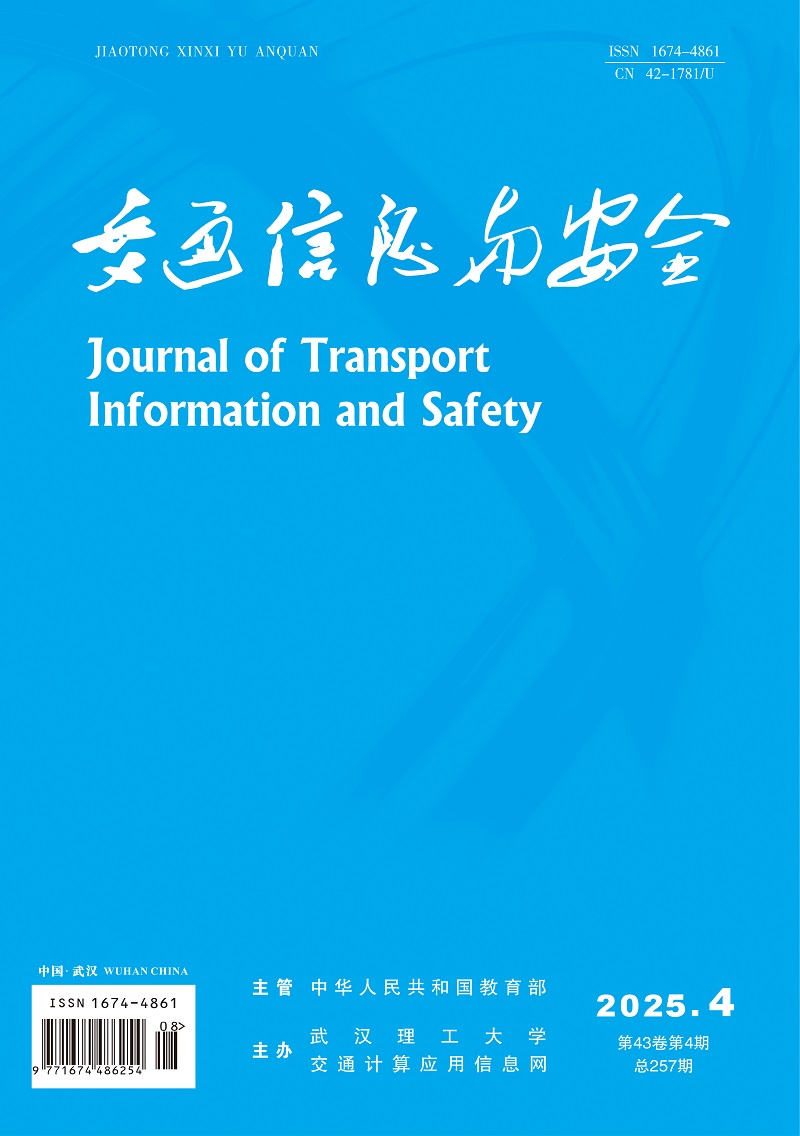Abstract:
An algorithm to automatically detect and classify pavement cracks is presented in this paper .First ,the multi-window median filter is used ,which can not only remove the noises but also reserve crack information .Second ,the background subset interpolation method is applied to dealing with non-uniform illumination in the post-segmentation step . After that ,the otsu threshold segmentation method ,morphologic method ,and connected components marking method are used sequentially to segment the crack image .Furthermore ,the number of connected components ,projection feature , and distribution density are selected to classify the cracks .Finally ,the main parameters for crack ,such as length ,width , and area ,etc .,are calculated .The results show that the classification can be as accurate as 94% ,with the crack's length error of 7 .2% ,width error of 11 .3% ,and area error of 9 .6% ,which demonstrates that the mehod is effective and relia-ble .


